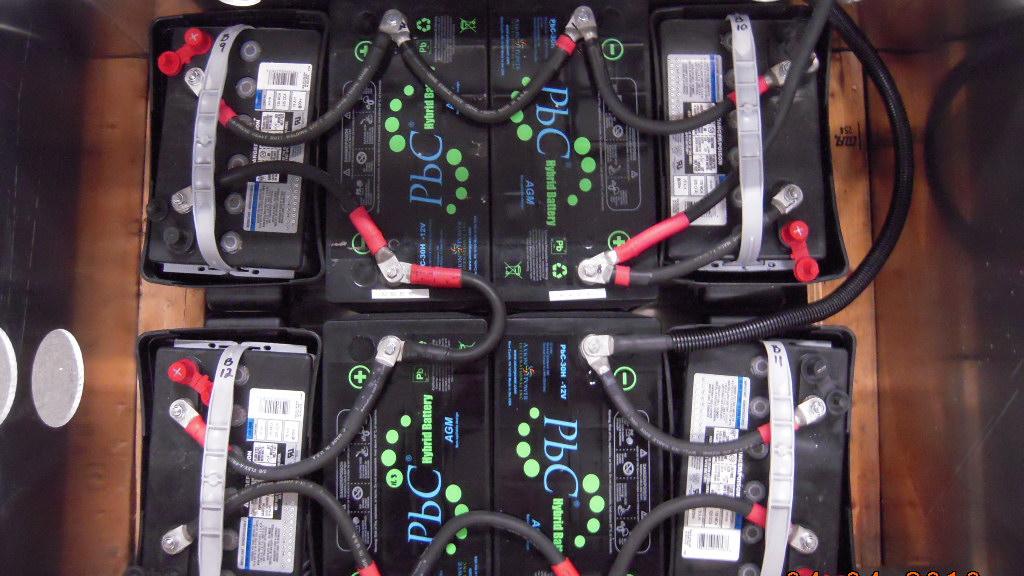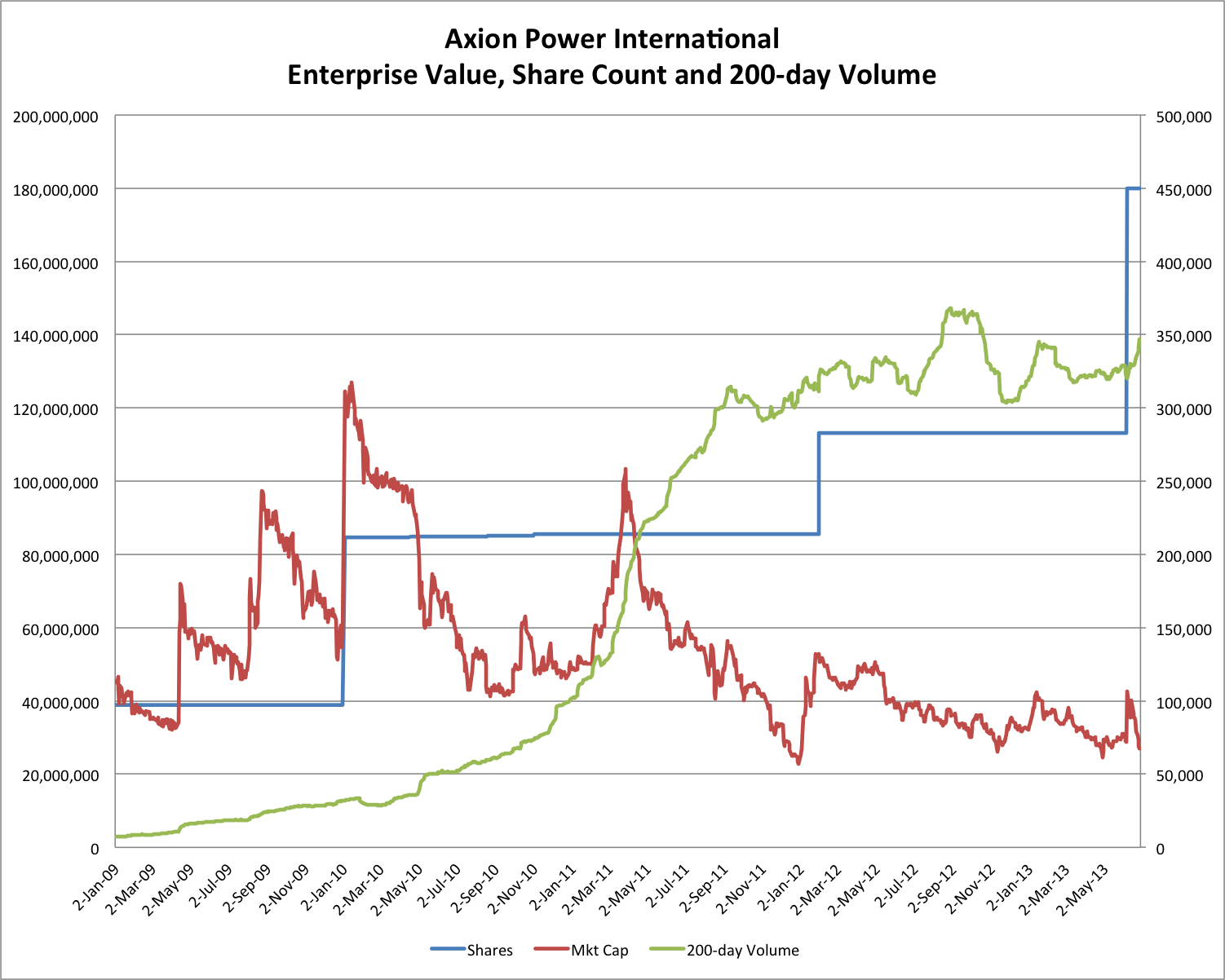
In comparison, most lead-acid batteries designed for deep discharge applications can only survive 300 to 500 cycles under these operating conditions. During testing, our laboratory prototypes have withstood more than 1,600 cycles before failure. Our test protocol requires a complete charge-discharge cycle every 7 hours to a 90% depth of discharge. We have been testing laboratory prototypes of Axion'sīatteries since April 2004. These electrode assemblies are then sandwiched together with conventional separators and positive electrodes to make our battery, which is filled with an acid electrolyte, sealed and connected in series to the other cells. Where the negative electrodes in lead-acid batteries are simple sponge lead plates, our negative electrodes are five-layer assemblies that consist of a carbon electrode, a corrosion barrier, a current collector, a second corrosion barrier and a second carbon electrode. Within the individual cells, however, our construction is more complex. Technology is a "multi-celled asymmetrically supercapacitive lead-acid-carbon hybrid battery." Like a lead-acid battery, our battery consists of a series of cells.
#Axion power pbc battery overview full
The full technical description of Axion's proprietary Lead-Carbon Energy Storage Device Overview Didnt tellĭude the company dissolved, they owe millions I can tell you 100 companies that dissolved


Had this stock a long time, re-positioned a

Good movement today, possibly a sharp dip Unbelievable missed the one cent mark by a Is this not a Dead company?, can't believe Some manipulators trying to con people, axiom Good riddance, this whole thing must be banned,


 0 kommentar(er)
0 kommentar(er)
